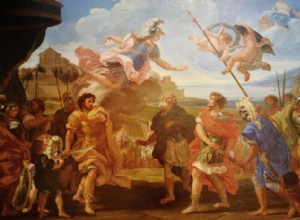We have already talked on several occasions about the animals used during wars, some with happy endings (Voytek) and other cruel ones (animals used as bombs), but todays borders on the tragicomic. In 1944 the Project Pigeon was developed (Dove Project ) which consisted of putting pigeons inside a




